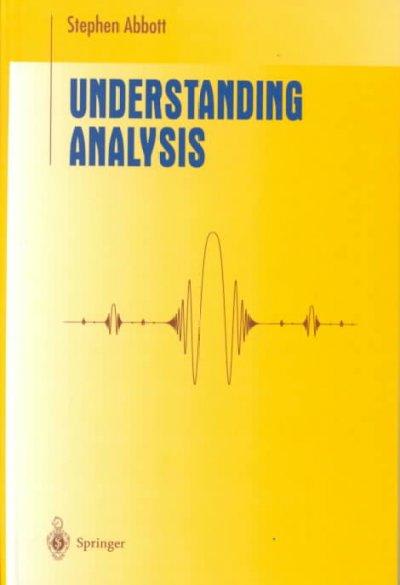
Quantitative analysis
Matrix for case 3?
CASE 2: HOPE HOSPITAL Hope Hospital operates on a charity basis. All expenses are paid by a non governmental organization (NGO). Recently the Board of Governors of the hospital has been complaining about the size of the budget and insisting that the hospital cut expenses. The major concern area has been the cost of keeping patients in intensive care unit. The cost has averaged $ 1000 per week per person compared to only $ 500 per week per person for keeping patients in the wards. Past history shows that of those patients in ICU at the beginning of the week, 50 per cent will be there at the end of the week and 50 per cent will be moved to a ward. Of the patients in the wards at the beginning of the week, 50 per cent will be there at the end of the week, 10 per cent will get worse and be transferred to the ICU. 85 per cent will remain outpatients at the end of the week, 10 per cent will be admitted to the ward and 5 per cent will be admitted to ICU. The Board of Governors believes that the criteria for keeping patients in ICU are too strict and has instructed the ICU staff to relax the criteria so that only 40 per cent of the ICU patients remain in ICU each week and 60 per cent are transferred to wards. The staff insist that if this is done 20 per cent of the ward patients will be going into ICU each week and only 30 per cent will be transferred to outpatient status. Required: (i) Develop a transition matrix for patients from the historical data described above. (Fi) Develop a transition matrix that reflects the proposal by the Board of Governors Using Markov chain analysis, will the policy advocated by the Board of Governors actually save the money? CASE 3: STUDENTS' COMPLETION RATES. Part time students admitted to Master of Public Policy Management program in a university are considered to be first year students until they complete is credits successfully. Then they are classified as 2nd year students and may begin to take more advanced courses and work on their thesis required for graduation. Past records indicate that at the end of each year 10% of the first-year students (F) drop out of the program (D) and 30% become 2nd year students (S). Also, 10% of the 2nd year students drop out of the program 40% graduate (G) each year. Students that graduate or drop out never return to the program. . Formulate the transition matrix, hence classify the states . Determine the probability that a 1 year student graduates within 4 years. . Suppose at the end of each year, the faculty examines the progress each 2"d year student has made in writing the required thesis. Past records show that 30% of the 2nd year have their thesis approved (A) and 10% of the students are dropped from the program for insufficient progress (D), never to return. The remaining students continue to work on their thesis. Determine the probability that a 2"d year student completes the thesis required within 4 years








